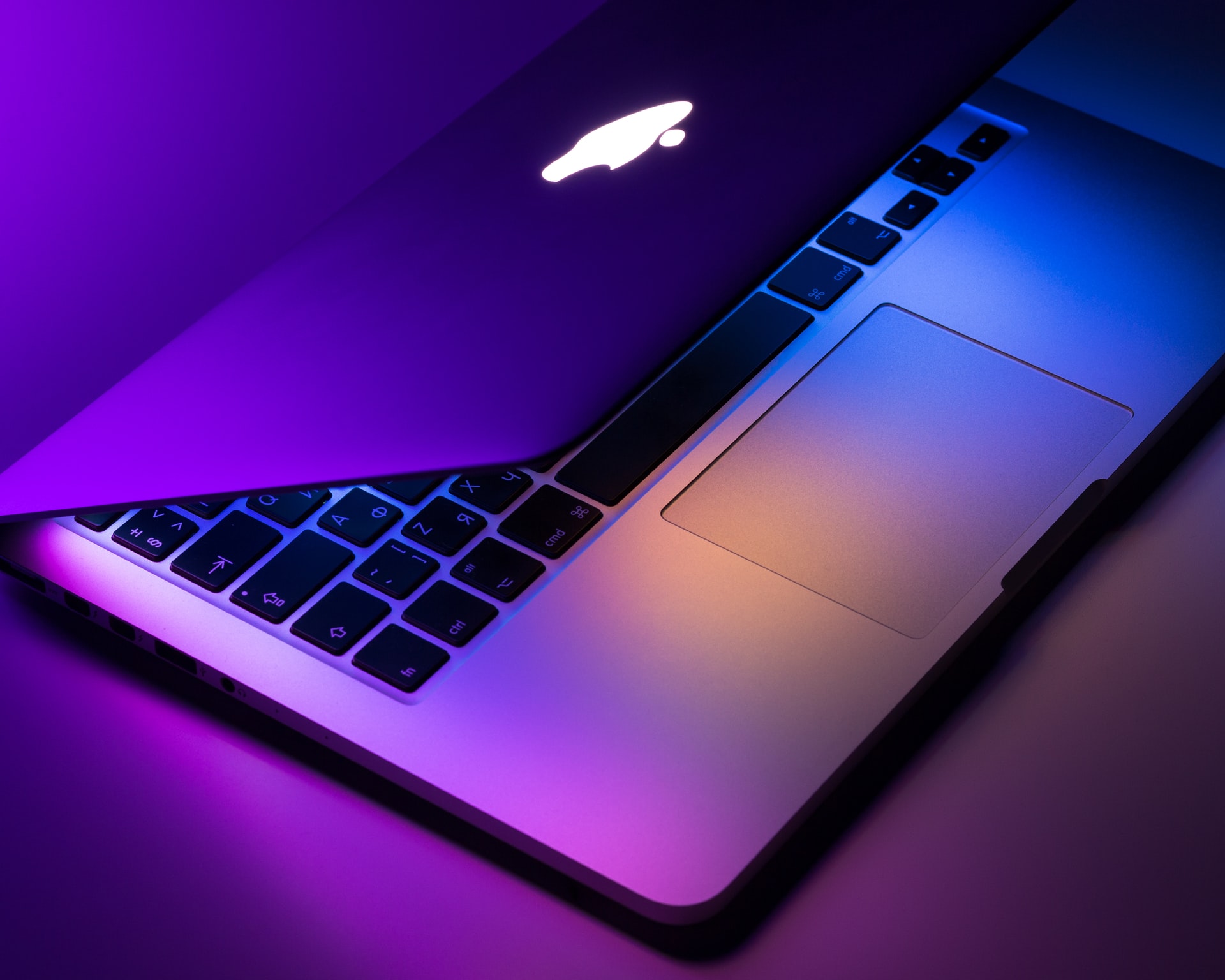The design of the MacBook Pro M1 or M2 is such that it does not overheat however for most users the experience has been different.
Primarily, the signs of overheating include spinning up of the fans, performance becoming slow, and in rare cases components’ physical damage.
What then is the best solution? First, you need to understand why your Macbook Pro is overheating. Secondly, identify the right solution for each cause.
Why does the MacBook Pro Overheat?
1. Overworking the Mac
When you put a lot of stress on the CPU the device will overheat. For instance, when you have your browser and a video editing app active, you mostly realize your Macbook slowing down.
Running many processes makes your Macbook struggle leading to overheating. This is primarily the number one cause of overheating.
2. When the ambient temperature is high
The MacBook Pro is designed to withstand different temperature limits. However, extremely high temperature can harm your Macbook.
Exposing your MacBook to direct sunlight will tamper with its battery life as well as lead to overheating. The more reason Apple recommends using your device in temperatures between 10°and 35°C.
3. Poor ventilation
Most of us are guilty of using our laptops in bed all covered up in warm blankets. This often hinders the proper movement of air in and out of the chassis. Since no warm air flows out, this progressively leads to the overheating of your device.
4. Malware in your Macbook
When malware is present in your Macbook, it runs several intensive processes which lead to overheating. The malware could be in the form of adware, backdoors, browser hijackers, and many more.
5. Unresponsive and frozen apps
It is common for apps to freeze. When this happens, your Macbook uses a lot of CPU to try and awaken the unresponsive app. This in turn leads to overheating of the processor.
Tips to Fix MacBook Pro M1/M2 Overheating Issue
The solution to employ will depend on the causing factor as discussed above. As stated above the main cause is overworking your CPU so we’ll discuss more on this in the following section.
1. Check the usage of the CPU
This is the first step to take when you notice your Macbook Pro is overheating.
Follow the steps below:
- Open the Activity Monitor (Applications>Utilities)
- Click on the CPU tab
You will then get a breakdown of all the apps and processes, clearly indicating the most intensive and the least intensive processes.
- To quit the most intensive app, select the app and then tick the ‘X’ button
- Confirm the action to quit the app button.
- Confirm to quit the app.
- Close all the browser Tabs Not in Use
To reduce the number of open tabs consuming CPU cycles, it is recommended to close those that are not needed.
Instead, you can opt to bookmark the web pages for easier retrieval.
2. Manage Login Items
Login items are apps that launch whenever you start your Macbook.
As a user, you do not realize these login items opening and running in the background.
But these processes can lead to overheating of your Mac due to the increased background activity.
Follow the steps below to manage the login items
- Click Menu then System Settings
- Click General
- Select the Login Items tab
You will see all the apps that open automatically when you start your Macbook.
- To remove an app, click the “-” button and you are done
- Close all the Active Unused Apps
These apps still use some CPU cycles, consequently slowing things down.
Here are quick steps to follow:
- Press Option>Command> Escape
A window appears, showing all the active apps
- Tick the app(s) you want to close
- Select Force Quit and you are done.
Closing the apps will lighten the load on the CPU.
3. Avoid placing your Macbook in direct sunlight
Immediately remove your Macbook from direct sunlight. Place it somewhere cooler. Ensure you place it on a hard surface as opposed to your lap to avoid obstructing the ventilation routes.
4. Clean your device physically
This is meant to remove any dust that could be blocking the fan ducts. You can use a can of compressed air to clean your device.
To attain this, follow these steps:
- Remove the bottom panel of your Macbook to expose the vents
- Spray the compressed air into the vents
- Using a microfiber cloth, wipe away all dust and debris
- Put the bottom panel back
5. Perform Software Updates regularly
Sometimes overheating problem can be due to software bugs and updating your macOS software can resolve the issue.
Quick steps here on updating your Macbook:
- Go to Apple Menu> About This Mac
- Select General > Software Update
- Perform an update if there is an update available
6. Unplug all unnecessary peripherals
These are primarily the external hard drives that draw power from your Mac. Removing these external devices can lessen the burden on your Mac’s battery, thereby effectively reducing the cause of overheating.
7. Reduce malware and bugs
Malware and backdooor trojans can cause overheating by running processes in the background without your knowledge. To prevent this, you can install any decent anti virus software that offers protection against all malicious threats on your Macbook.

